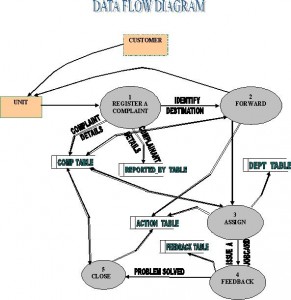Introduction to Consumer Gift card Program:
Consumer gift card program is a new initiative launched by a store to attract customers for the purchase of wide variety of goods that are sold at their store or through commercial online websites thereby maximizing their sales. Gift cards come in customable denominations i.e the customer can decide the denomination of gift card and they may be valid for 1year or more after which their validity can be extended for another term by paying a nominal renewal fee.
The system maintains all the details of gift card issued only the administrator can access this module to perform transactions like purchase, redemption, renewal and query of cards. Administrator even maintains the global parameters like minimum purchase amount, validity period, validity renewal period, renewal fee. He can also do following queries for MIS information the queries like cars sales, average duration between purchase and redemption of card, expired balance, aging of undue balance.
The development team should ensure that there is reusability of code between two modules. For a given functionality the same code should be invoked whether it is requested administrator either from online system or by merchandise application through web services
Gift card administration system
This maintains all the details of gift cards issued
- Only administrators will have access to administration module. Admin can perform all the transactions purchase, redemption, renewal of cards etc
- Administrator can maintain global parameters like
- Minimum purchase amount
- Validity period
- Validity renewal
- Renewal fee
All transactions either originating from administrator or merchandising applications are logged for audit and verification.
Download Computer Science Project Topic on Consumer Gift card Program.

